Easy 3 ingredient Flatbread will become one of those recipes you make time and time again. It is very simple, with no tricky techniques, no endless kneading of the dough, and no waiting around for the dough to rise. Plus, they are very versatile. Enjoy your flatbreads on their own or as a side to soups, curries, stews, casseroles, or with dips. They are also great as quick pizza bases and are ready in just 10 minutes.
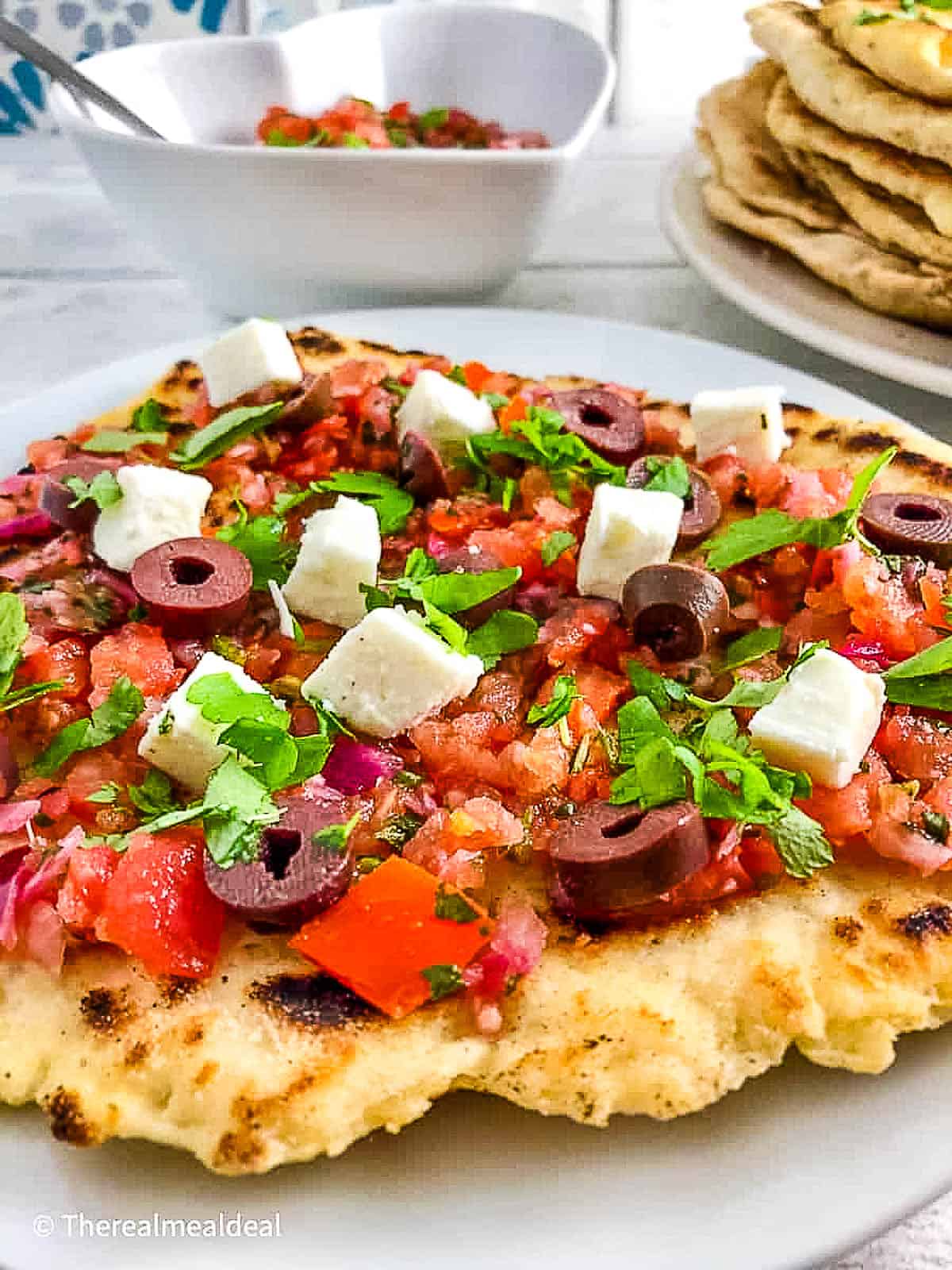
I started making these flatbreads during lockdown when we didn't always have bread in the house and they became a family favourite. Even if you don't normally bake, this recipe is really simple and they taste so much better than shop-bought flatbreads.
I always make these as a side to my Healthy Chicken Korma Curry with yoghurt or Lentil and Chickpea Curry with Spinach or for lunch to go with Easy Roasted Red Pepper and Lentil Soup , Carrot and Courgette Soup or Fruity Couscous Salad.
Jump to:
Ingredients
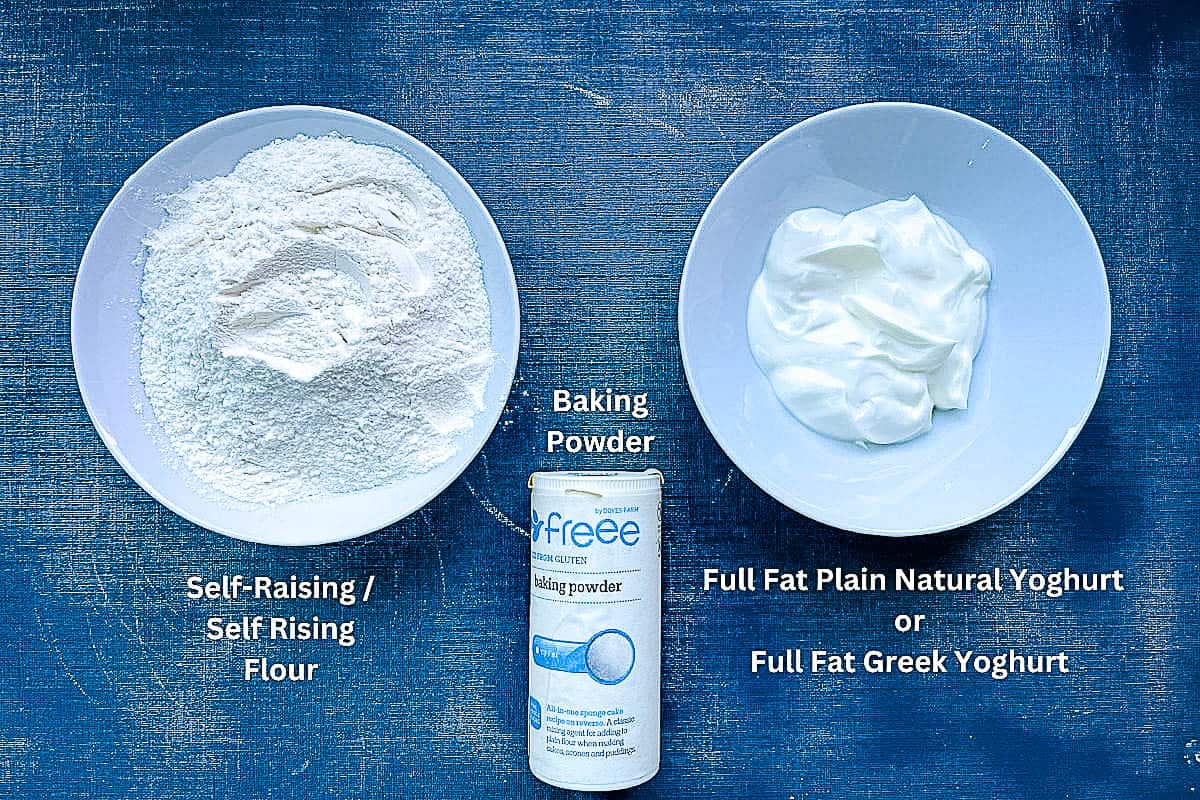
- Flour - Self-raising flour (self-rising in the US) will give fluffier flatbreads,
- Baking powder - this is the active ingredient that gives the flatbreads a nice fluffy texture.
- Full-fat yoghurt - use a plain natural unflavoured yoghurt or greek yoghurt. I find that greek yoghurt produces slightly fluffier flatbreads.
See recipe card for quantities.
Instructions
3 ingredient flatbreads can be cooked under a grill or in a nonstick pan. I've shown both methods.
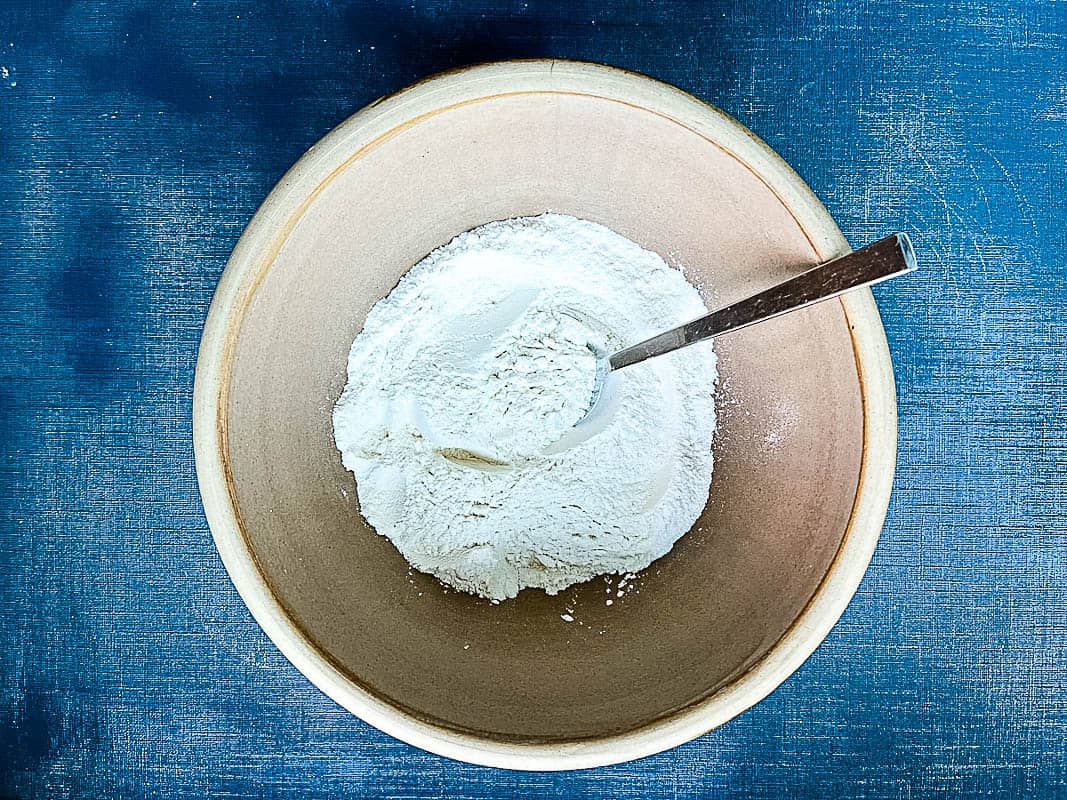
Add the flour and baking powder to a bowl and mix them together. This allows the baking powder to be mixed in before the wet ingredient is added.
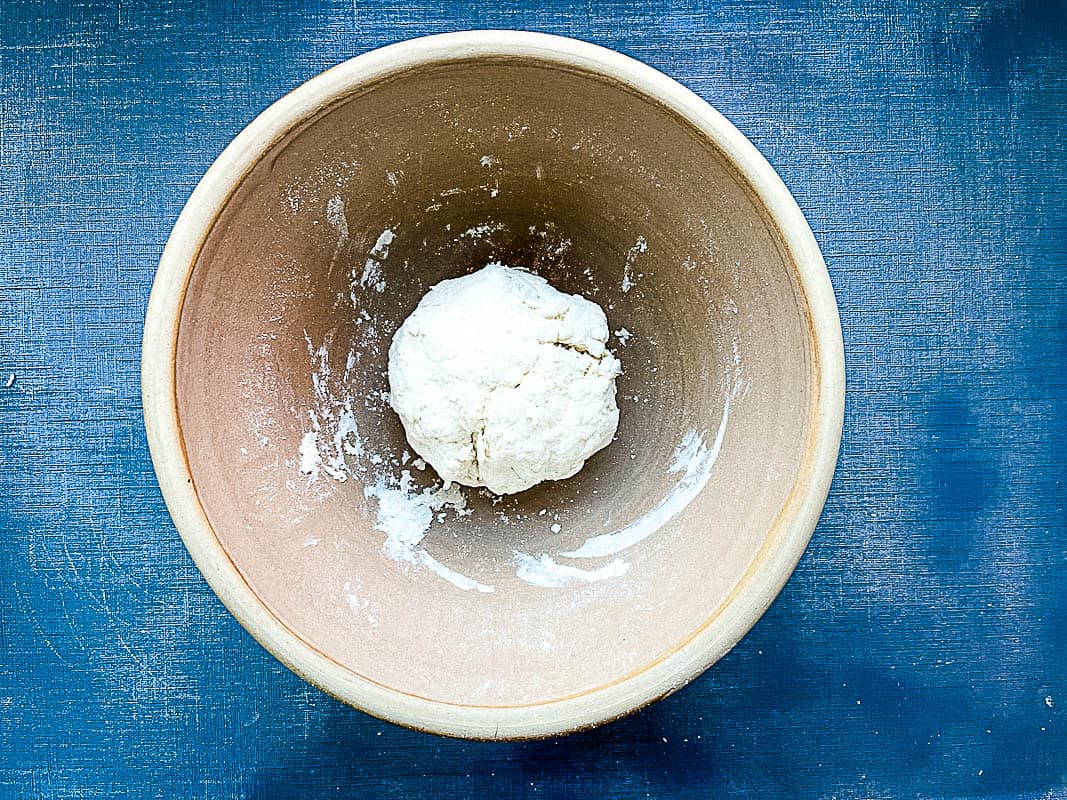
Add ¾ of the yoghurt to the flour to start with and bring the dough together with a fork. Use your hands and knead the dough until it comes together in a smooth ball. Flours and yoghurts vary considerably so you may not need all the yoghurt. Add the rest of the yoghurt only if necessary.
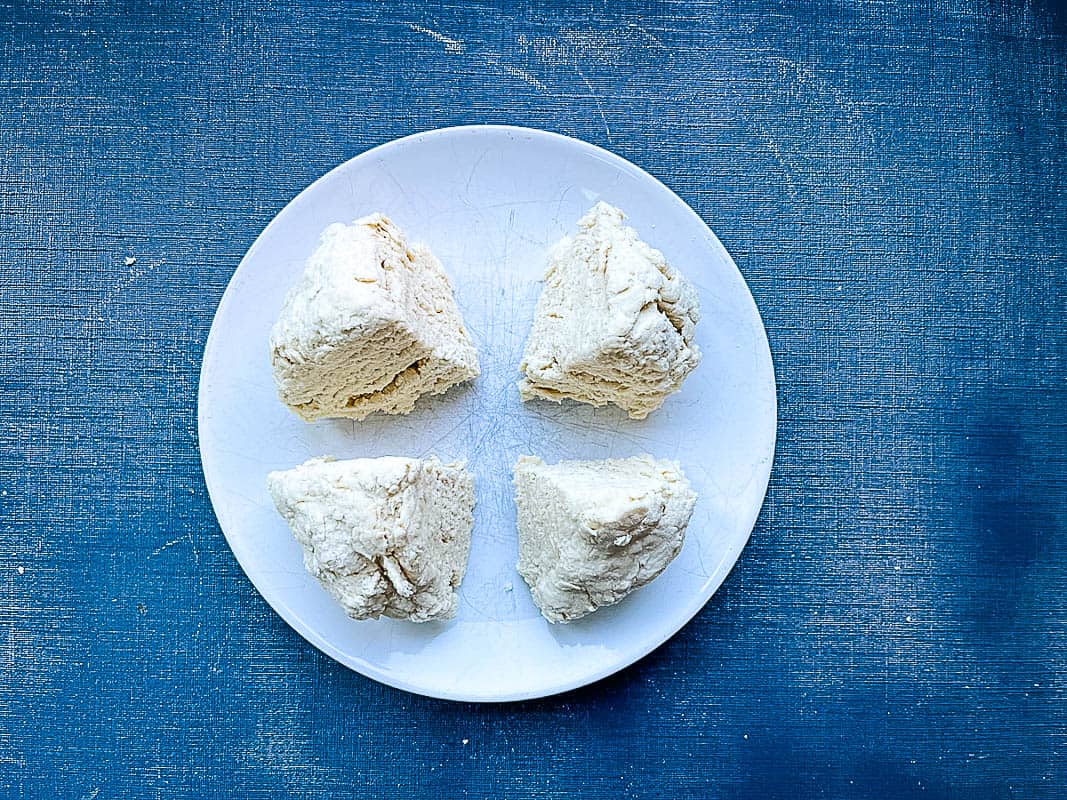
Once your dough is formed into a ball, cut it into 4 equal pieces.
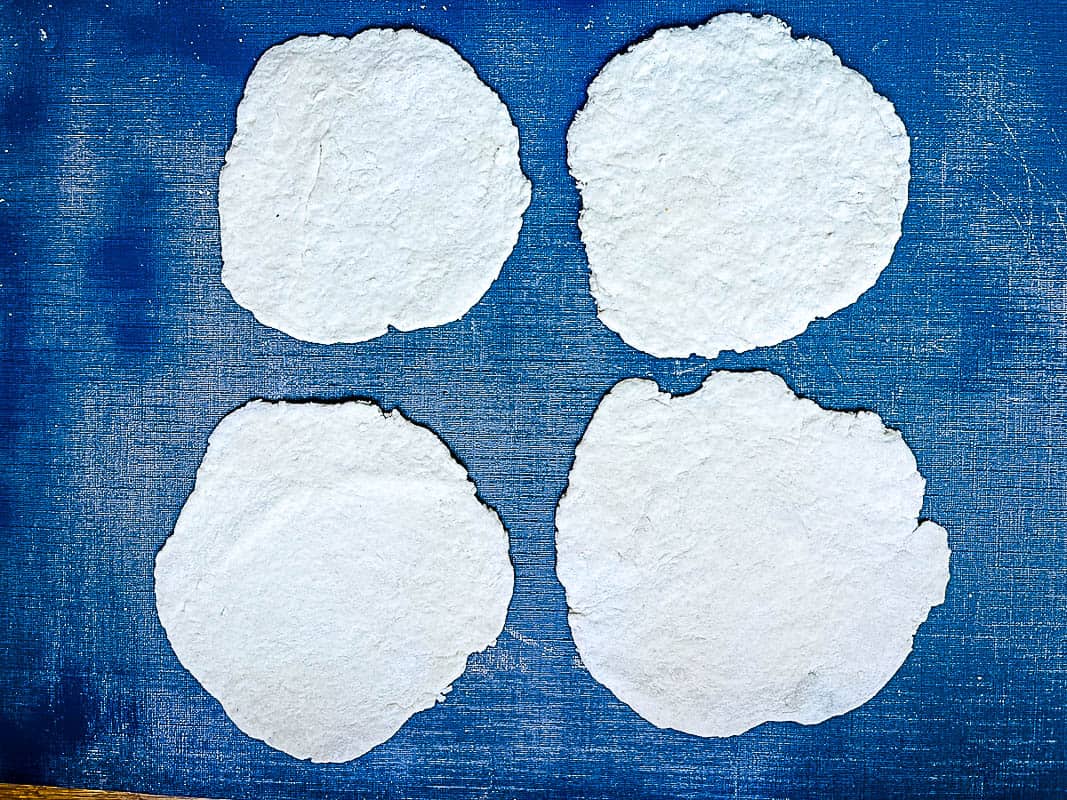
Sprinkle some flour on a surface and dust your rolling pin. Roll the dough out in rough circle shapes about 3 - 4mm thick.
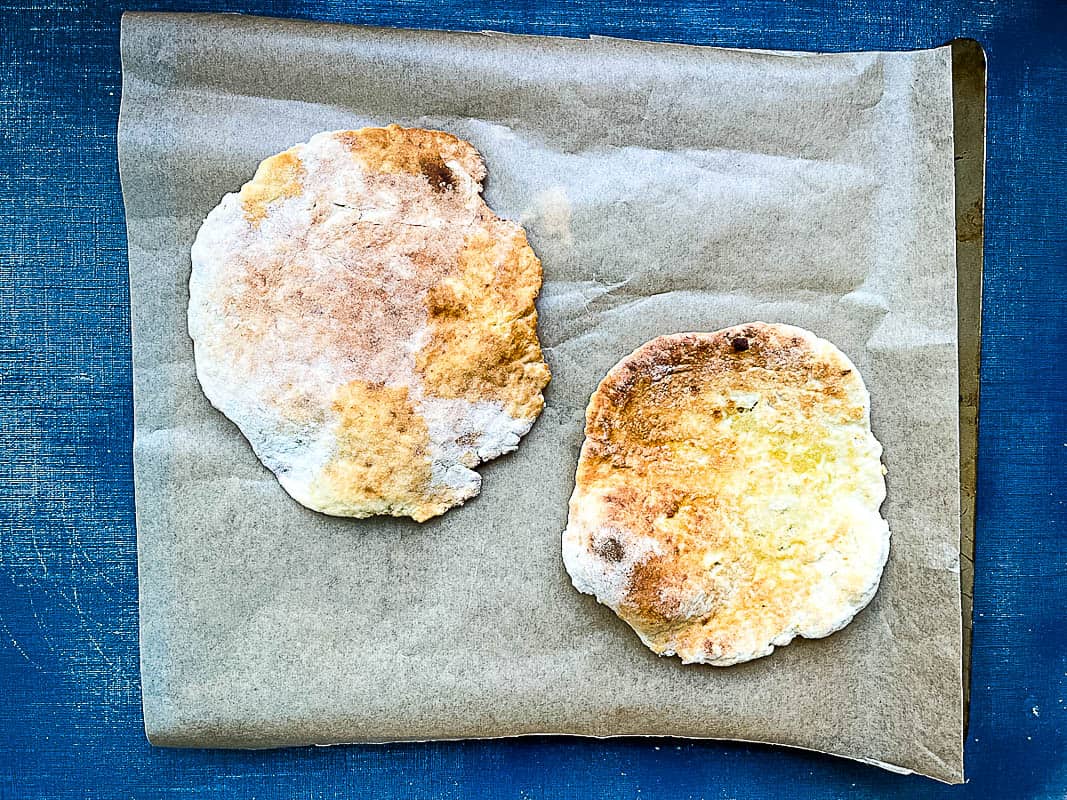
Place the circle of dough on a baking tray and grill for 1 - 2 minutes on each side until slightly browned. OR
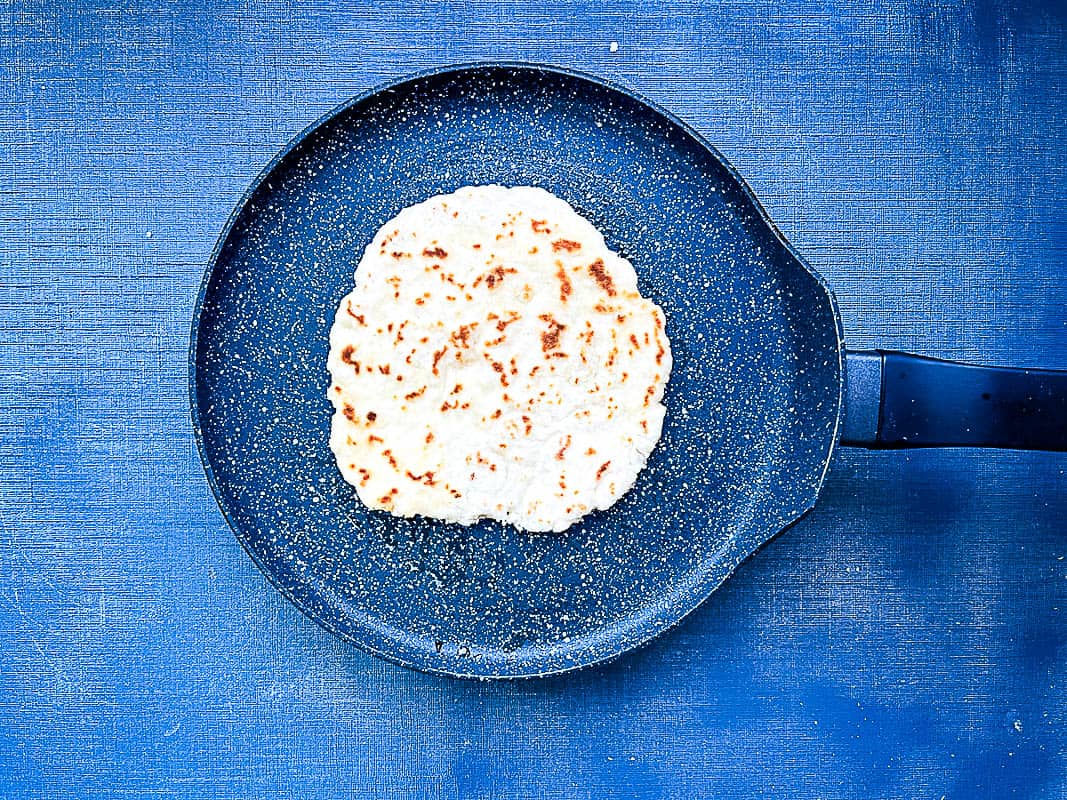
Add a little oil to a nonstick pan and fry for 1 - 2 minutes on each side over a medium heat.
Hint: It's important to cook the flatbreads on a medium heat. A high heat will make them burn on the outside and a low heat will mean they cook for too long and won't have a nice light texture. Remember your pan will continue to heat so once you've made a few they won't take as long.
Substitutions
- Flour - you can also make these flatbreads with plain flour. They won't have the same fluffy texture but will still be soft and chewy. Wholemeal flour can also be used but this will give a denser texture.
- Yoghurt - plain yoghurt or greek yoghurt works best. I've used full-fat yoghurts as they are thicker. If you use low-fat yoghurt, you should add a little at a time as they are runnier and can make the dough too wet.
Trouble Shooting
I've included this troubleshooting as although these flatbreads only have 3 ingredients, those ingredients vary considerably around the world which can give different results. Some flours are more absorbent than others. Yoghurts will vary in consistency and thickness. Environmental factors such as high humidity can also affect the outcome. So, here are some solutions.
- Only add ¾ of the quantity of yoghurt, to begin with. You can easily add more in, but it's difficult to take out. We are aiming for a smooth consistency. Not so wet that it sticks to your hands.
- Use a fork to bring the dough together until you have mixed the yoghurt into the flour. Then use your hands to shape it into a ball.
- If the dough is too sticky to roll out, add some more flour, a little at a time.
- Dusting your rolling surface and rolling pin with flour will help ensure your dough doesn't stick to the surface.
Variations
There are so many ways to use flatbreads. You can add some chopped herbs, and spices such as chilli flakes or minced garlic to the dough. Alternatively, add these to the toppings.
Topping Ideas for Flatbreads
There are lots of different toppings you can use. Here are just a few ideas.
- Drizzle with olive oil or garlic butter
- Spread with pesto and add chopped tomatoes, and buffalo mozarella
- Add greek toppings such as olives, red onion, and feta cheese
- Scrambled egg and tomato
- Goats cheese, figs and rocket
- Take a look in your fridge and see what needs eating up. Flatbreads are a great way to enjoy leftovers!
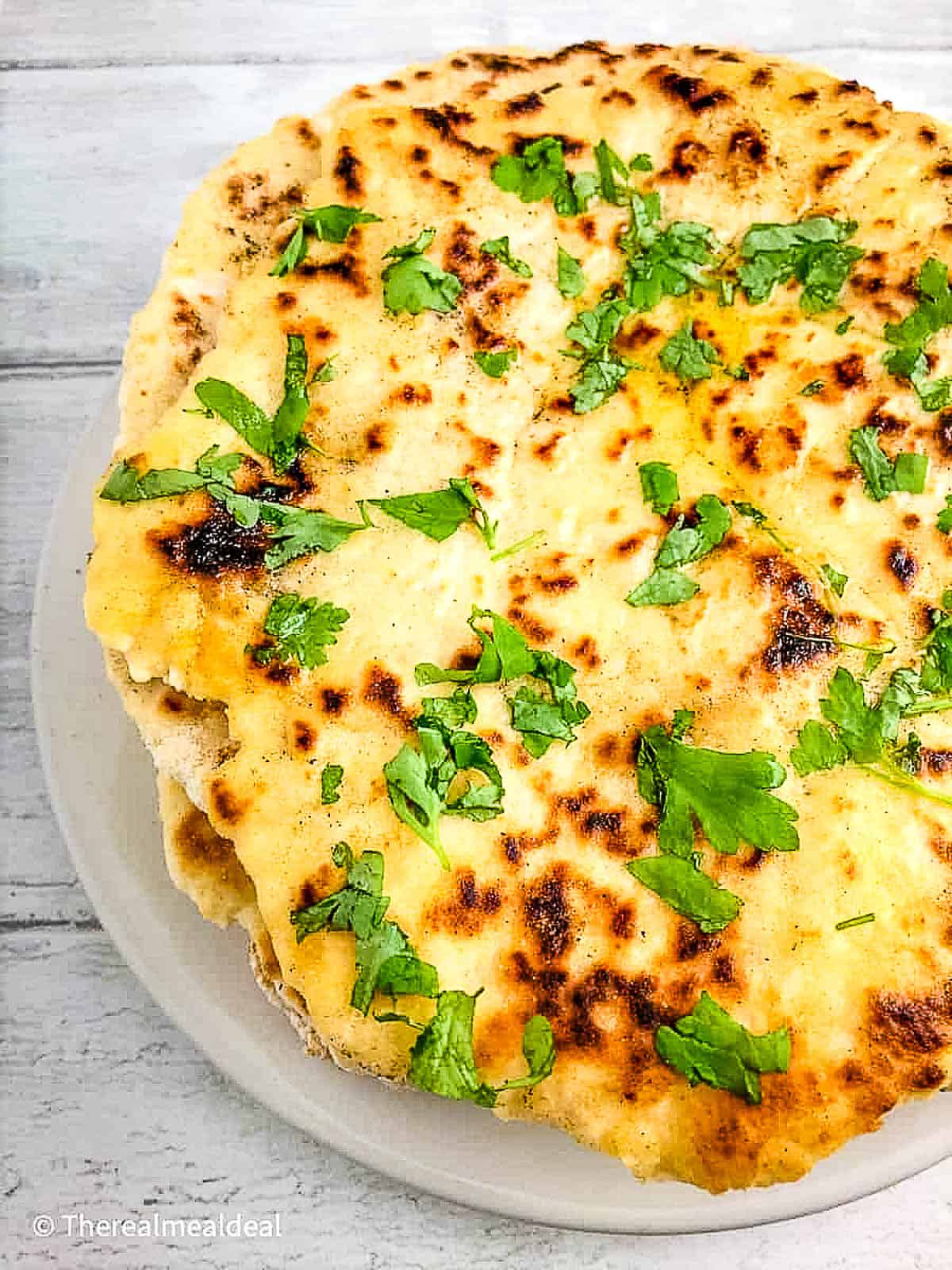
Equipment
You will need a large bowl for mixing the ingredients and some scales or measuring cups.
To cook either a large baking tray or cookie tray or non stick frying pan or skillet.
Sustainability
Making your own flatbreads is more sustainable than shop bought ones as you don't have any extra packaging. Flour, yoghurt and baking powder are all available as organic. Organic produce can have a lower environmental impact on land as no chemicals are used.
Storage
Flatbreads are best eaten the same day but can be kept in an airtight container for 2-3 days. They contain no preservatives so won't last as long as shop-bought bread.
You can also freeze the flatbread dough making these a great standby. Separate each flatbread with a piece of greaseproof paper to stop them from sticking together. You can freeze cooked flatbreads and they will freeze well for up to 3 months.
For best results, defrost before cooking.
Top tip
Once you've cooked your flatbreads, cover them with a clean towel. The trapped steam will keep them nice and soft.
FAQ
A flatbread is what's known as unleavened bread which means it contains no yeast. People have been making flatbreads for thousands of years. They are popular in Middle Eastern and Mediterranean cultures. There are lots of different types of flatbreads. The simplest version can be made with just flour and water.
Flatbread and Pita are not quite the same. A flatbread contains no yeast at all whereas a Pita bread contains a small amount of yeast. A flatbread is sometimes called a 'Pocketless Pita' as you can't split it and stuff the middle the way you can with a Pita.
Yoghurt is used instead of adding fat such as butter or oil, so it helps make a healthier bread. The acidity in the yoghurt helps relax the gluten in the flour which makes the bread more tender. The acidity also works with the baking powder to make the dough rise a little and create lovely little bubbles.
Related
Looking for other recipes like this? Try these:
Pairing
These are my favorite dishes to serve with Flatbreads.
📖 Recipe
3 Ingredient Flatbread
Ingredients
- 200 g self raising flour (US self rising flour) organic
- 1 teaspoon baking powder organic
- 160 g greek yoghurt or natural yoghurt, organic, full fat
Instructions
- Add the flour and baking powder to a bowl and mix them together. This allows the baking powder to be mixed in before the wet ingredient is added.200 g self raising flour (US self rising flour), 1 teaspoon baking powder
- Add ¾ of the yoghurt to the flour to start with and bring the dough together with a fork. Use your hands and knead the dough until it comes together in a smooth ball. Flours and yoghurts vary considerably so you may not need all the yoghurt. Add the rest of the yoghurt only if necessary.160 g greek yoghurt
- Once your dough is formed into a ball, cut it into 4 equal pieces.
- Sprinkle some flour on a surface and dust your rolling pin. Roll the dough out in rough circle shapes about 3 - 4mm thick.
- Place the circle of dough on a baking tray and grill for 1 - 2 minutes on each side until slightly browned. OR
- Add a little oil to a nonstick pan and fry for 1 - 2 minutes on each side over a medium heat.
Notes
Ingredients
- Flour - Self-raising flour (self-rising in the US) will give fluffier flatbreads,
- Baking powder - this is the active ingredient that gives the flatbreads a nice fluffy texture.
- Full-fat yoghurt - use a plain natural unflavoured yoghurt or greek yoghurt. I find that greek yoghurt produces slightly fluffier flatbreads.
Trouble Shooting
As although these flatbreads only have 3 ingredients, those ingredients vary considerably around the world which can give different results. Some flours are more absorbent than others. Yoghurts vary in consistency and thickness. Environmental factors such as high humidity can also affect the outcome. Here are some solutions.- Only add ¾ of the quantity of yoghurt, to begin with. You can easily add more in, but it's difficult to take out. We are aiming for a smooth consistency. Not so wet that it sticks to your hands.
- Use a fork to bring the dough together until you have mixed the yoghurt into the flour. Then use your hands to shape it into a ball.
- If the dough is too sticky to roll out, add some more flour, a little at a time.
- Dusting your rolling surface and rolling pin with flour will help ensure your dough doesn't stick to the surface.
Storage
Flatbreads are best eaten the same day but can be kept in an airtight container for 2-3 days. They contain no preservatives so won't last as long as shop-bought bread.You can also freeze the flatbread dough making these a great standby. Separate each flatbread with a piece of greaseproof paper to stop them from sticking together. You can freeze cooked flatbreads and they will freeze well for up to 3 months.
For best results, defrost before cooking.
Nutrition per serving
The Nutritional Values are computer generated estimates based on industry standards and are provided as a helpful guide only.


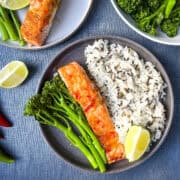
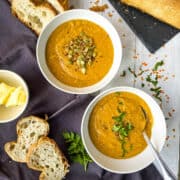
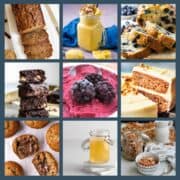
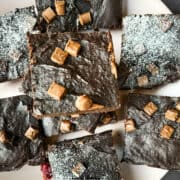
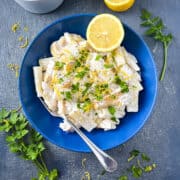
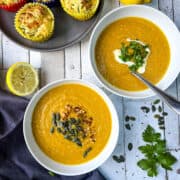

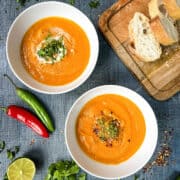
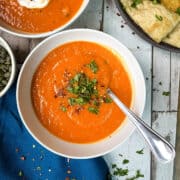
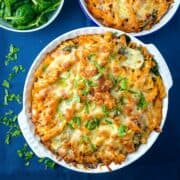
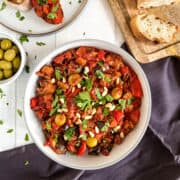
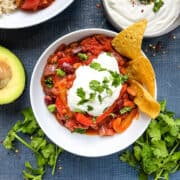
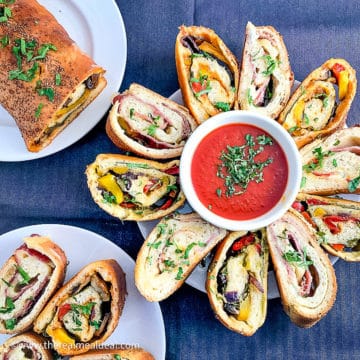
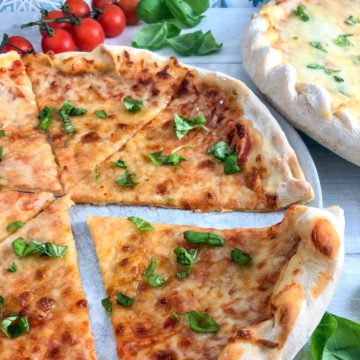
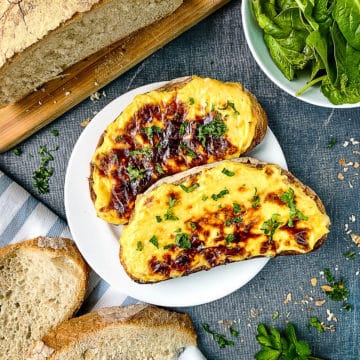
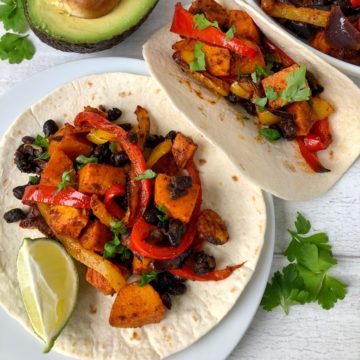
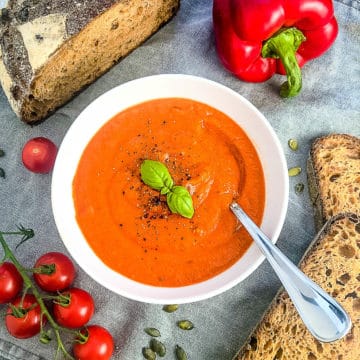
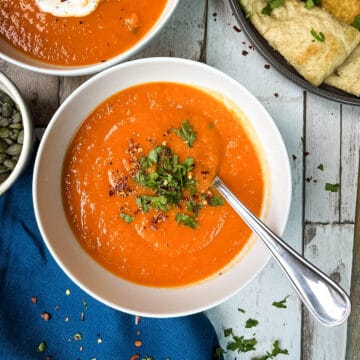
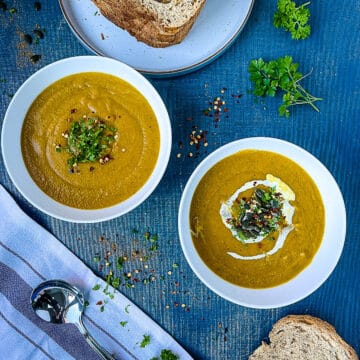
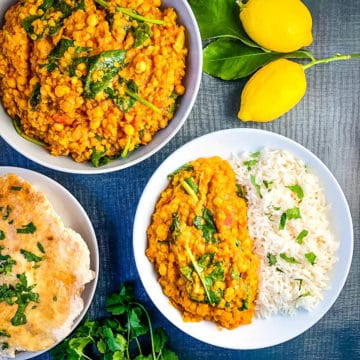
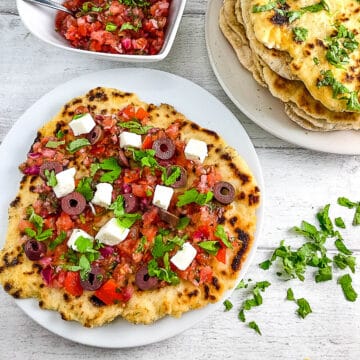
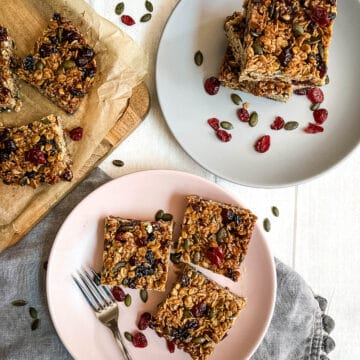
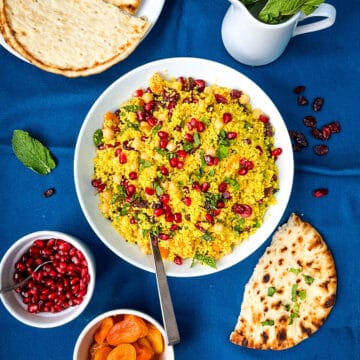
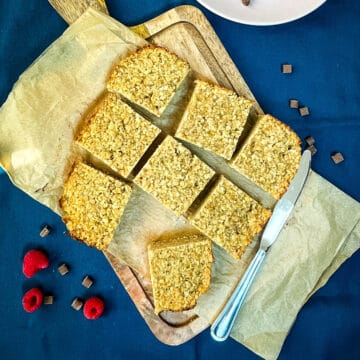
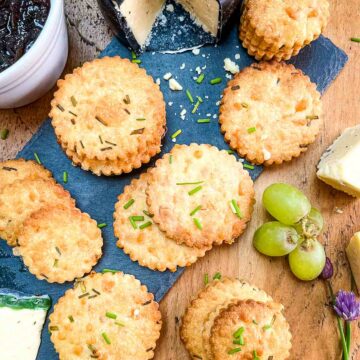
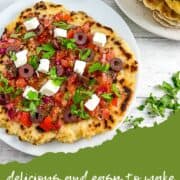
Dana
One of my favorite things about flatbreads is that they're reminiscent of pizza, but they're so much lighter and can incorporate so many fresh flavors. This is a perfect example of that! Perfect for entertaining, too!
Sara Welch
Made some pizza with this recipe for dinner last night and it was delicious! Turned out easy, fluffy and delicious; easily, a new favorite recipe!
Sonal
The best flat bread recipe! Tried it and loved it! Making it again.
Tayler
I made this flatbread for dinner last night (and turned it into pizza) and my family loved it! Thanks so much for sharing the recipe!
Shelby
I love how easy and versatile this flatbread recipe is. It's so much healthier than store-bought too!